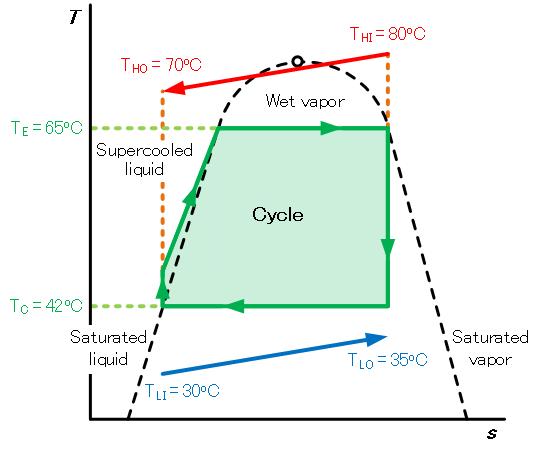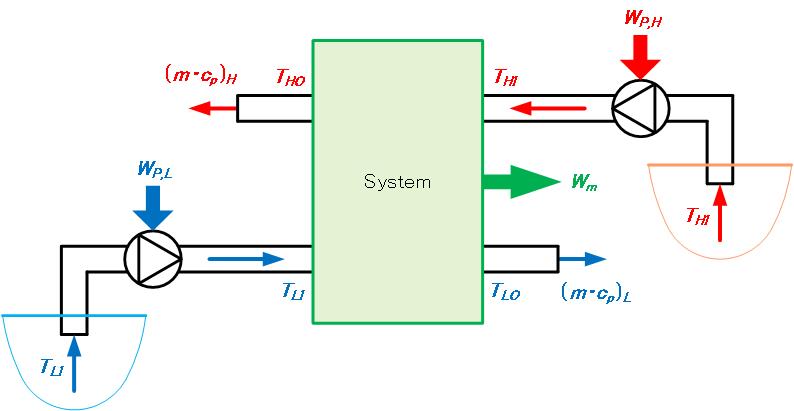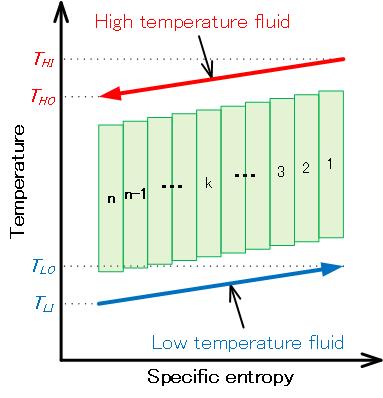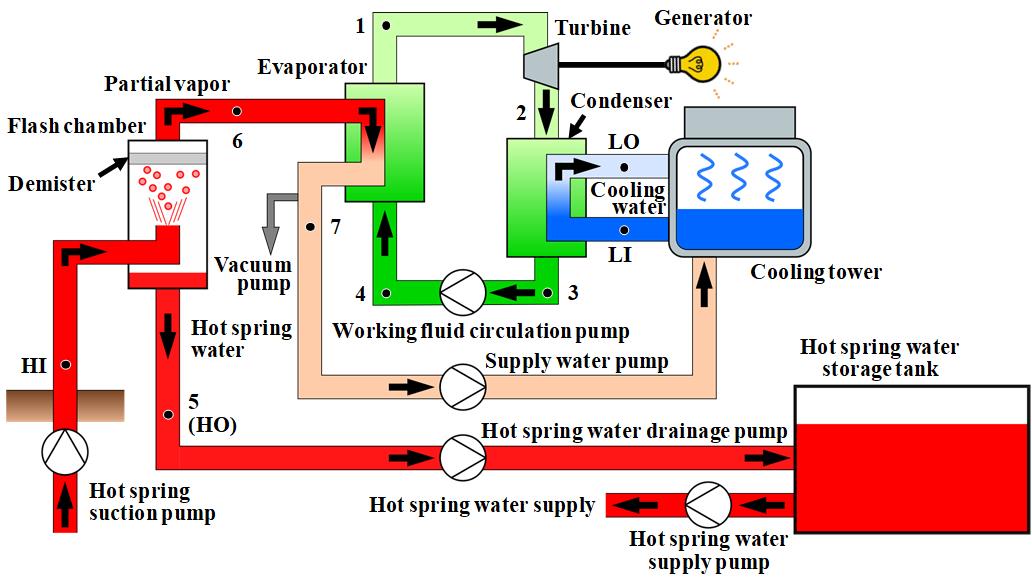Takafumi Morisaki
Detailed Information
| Job Title | Assistant Professor |
| Department | Institute of Ocean Energy (Ocean Thermal Energy Department/Division of Ocean Thermal Energy Conversion) |
| TEL | 0952-28-8877 (IOES Main Center)/0955-20-2190 (IOES Imari Satellite) |
| FAX | 0952-28-8595 (IOES Main Center)/0955-20-2191 (IOES Imari Satellite) |
| morisaki[@]ioes.saga-u.ac.jp | |
| Degree Obtained | Doctor of Engineering |
| Research Field / Keywords for Research Field | Thermal Engineering, Heat Transfer Engineering |
| Research Topics | Research on various issues related to effective utilization of unused thermal energy ・Performance improvement of ocean thermal energy conversion (OTEC) ・System characteristics of Hybrid hot spring thermal energy conversion (H-STEC) ・Experimental study of H-STEC using R1224yd as working fluid ・Prevention of hot spring water scaling in geothermal power generation |
| Membership in Academic Societies | The Japan Society of Mechanical Engineers, Deep Ocean Water Applications Society, The Geothermal Research Society of Japan |
| Employment Experience | 2014/04 – 2018/03 Part-time Lecturer, Institute of Ocean Energy, Saga University 2018/04 – 2023/03 Xenesys Inc. 2021/04 – * Assistant Professor, Institute of Ocean Energy, Saga University |
Researcher Database at Saga University
Research Topics and Results
|
・Evaluation of mean temperature difference in heat exchanger |
|
|
The Logarithmic Mean Temperature Difference (LMTD) method has conventionally been used as a simple and easy method for
evaluating the performance of the whole heat exchanger. Generally, the LMTD method is used only when the thermophysical
properties of the fluid in the heat exchanger and the local overall heat transfer coefficient can be regarded as constant.
While this requirement must be met, simple and easy use is made of the LMTD method in most cases regardless of variations
of the thermophysical properties and overall heat transfer coefficient of the fluid. The LMTD cannot, however, be applied
under conditions that cause extremely large changes to the physical properties. Therefore, a Generalized Mean Temperature
Difference (GMTD) method was proposed to evaluate heat exchangers which is highly variable in physical properties such as
temperature, including specific heat. < Major Paper > ・T. Morisaki, et al., Journal of Thermal Science VOL.23, NO.1, pp. 68 - 76, (2014). |
|
| ・Maximum power of low-grade thermal energy conversion (LTEC) | |
|
The thermal efficiency of cycles is used as one of the most important criteria for evaluating power generation systems
that utilize fossil fuels, such as thermal power generation. On the other hand, low-grade thermal energy conversion (LTEC)
targets unused thermal energy, such as hot spring water and waste heat, as an added heat (that is, energy input), so the
thermal efficiency of the cycle cannot adequately evaluate the system during optimization. This study used a multistage
heat engine to analyze the maximum power usable by LTEC and proposed an evaluation formula based on the maximum power.
A multistage heat engine is a complex system in which each stage is composed of components that are independent of each
other. Additionally, the temperature range of the working fluid is different at each stage. < Major Paper > ・T. Morisaki, et al., Applied Thermal Engineering VOL.69, NO.1-2, pp. 78-85, (2014), https://doi.org/10.1016/j.applthermaleng.2014.04.004. |
|
| ・Hybrid hot spring thermal energy conversion (H-STEC) | |
|
Japan has a huge geothermal resource with geothermal power generation capacity, and the hot water geothermal resources
in Japan are mostly in the range of 53-120 ºC. Hybrid hot spring thermal energy conversion (H-STEC) is a combination of
distillation and organic Rankine cycle (ORC); thus, it is able to produce electric power and water to supply the cooling
tower simultaneously. H-STEC has a flash chamber to prevent scaling in heat exchangers due to the supersaturated Ca, Si,
and so on. The system characteristics of H-STEC are such that power output and supplied water ratio can be clarified by
using parametric analysis. < Major Paper > ・森﨑敬史 他, 日本機械学会論文集 VOL.89, NO.921, https://doi.org/10.1299/transjsme.22-00264, (2023). |
|




